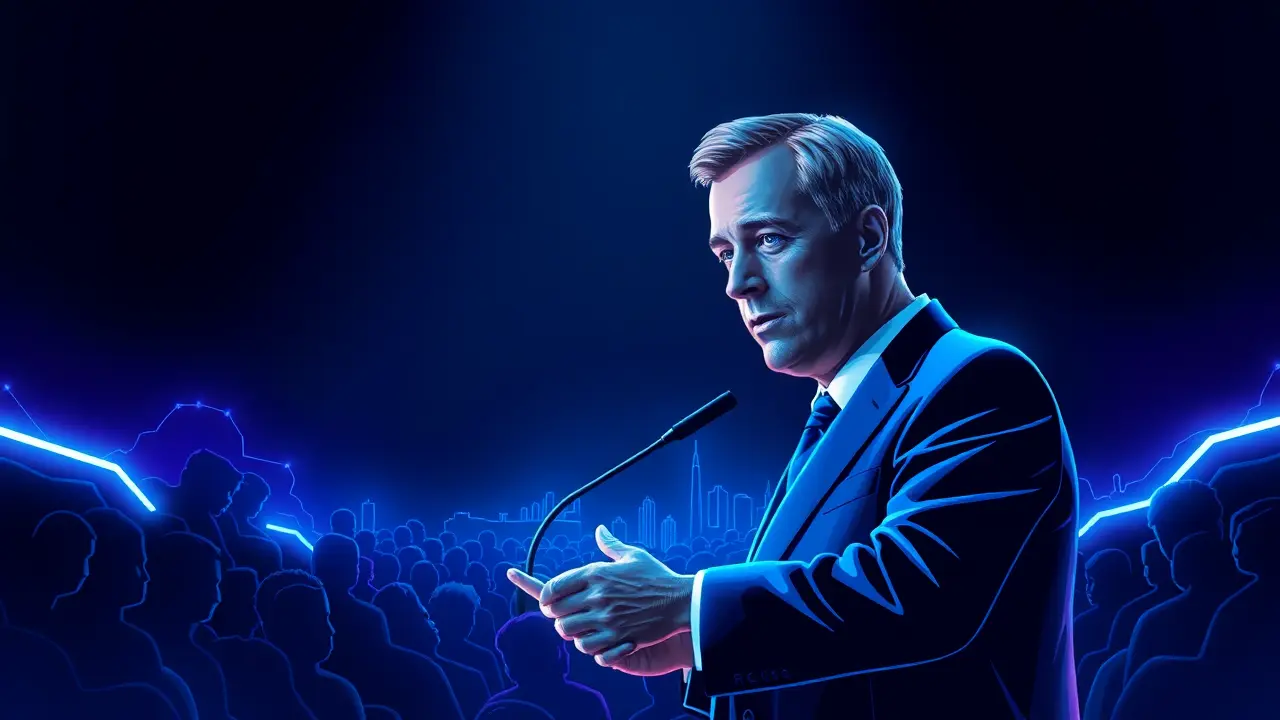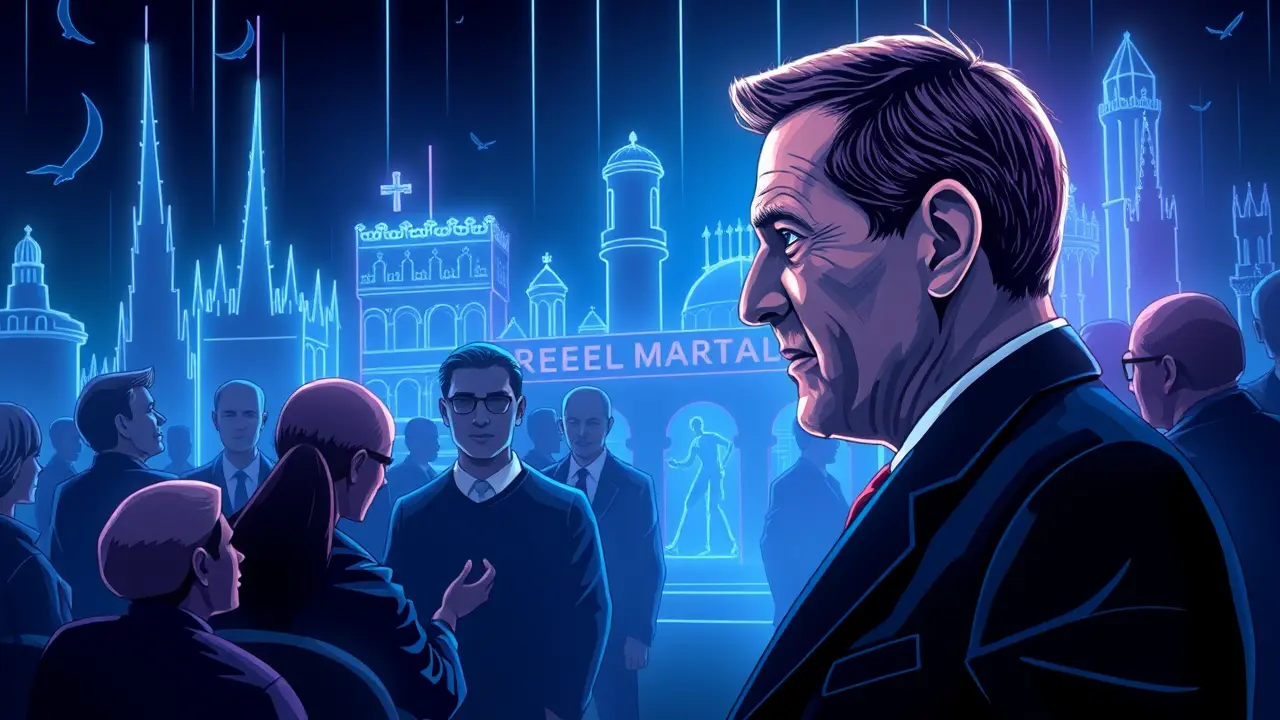
PoliticselectionsElectoral Reforms
NYC voters to decide on moving elections to even-numbered years.
MA
Mark Johnson
7 hours ago7 min read5 comments
New York City stands at a political crossroads this November, where beyond the glaring spotlight of the mayoral contest lies Ballot Proposal 6—a seemingly procedural question with the raw power to fundamentally reshape the city's democratic landscape by shifting municipal elections to even-numbered years. This isn't just a minor calendar adjustment; it's a strategic gambit, a calculated move on the political chessboard that pits the compelling, data-backed argument for dramatically increased voter engagement against the nuanced fear of local issues being drowned out in the tidal wave of presidential politics.Proponents, armed with a formidable arsenal of turnout statistics, are waging a campaign for efficiency and inclusion. They point to the anemic 23% participation in the 2021 mayoral race, a figure that epitomizes the chronic voter fatigue of odd-year elections, and contrast it starkly with the robust 60% turnout witnessed in presidential cycles.The financial argument is equally potent, with the city’s Independent Budget Office projecting biennial savings of approximately $42 million—resources that could be re-deployed to fortify polling places or enhance civic education. Yet, every political strategy has its counter-strategy, and the opposition's playbook warns of a different kind of democratic deficit.The central tactical concern is 'ballot fatigue,' the risk that in the frenzied atmosphere of a presidential election, down-ballot races for city council or public advocate become mere afterthoughts, their candidates struggling for airtime and their policy specifics lost in the national noise. Detractors envision a confused electorate facing a dauntingly long ballot, potentially leading to roll-off where voters simply skip the local contests altogether.However, intelligence from other jurisdictions that have consolidated elections, cited in reports from groups like Citizens Union, suggests this drop-off may be a manageable tactical problem rather than a strategic defeat. The state-level maneuver by the Court of Appeals, upholding a law to move town and county elections, has already set a precedent, making NYC's decision part of a broader statewide realignment.This vote, therefore, is more than a simple yes or no; it's a city defining its political rhythm, choosing between the high-energy, high-stakes spectacle of a consolidated election day and the quieter, more focused—but far less attended—forum of the off-year. The polls on this proposal are the real battle to watch, a decisive engagement that will determine whether New York City's local governance steps onto the national stage or retains its own isolated, if subdued, spotlight.
#featured
#New York City
#election timing
#voter turnout
#ballot proposal
#electoral reform
#local elections
Stay Informed. Act Smarter.
Get weekly highlights, major headlines, and expert insights — then put your knowledge to work in our live prediction markets.
Related News
© 2025 Outpoll Service LTD. All rights reserved.








